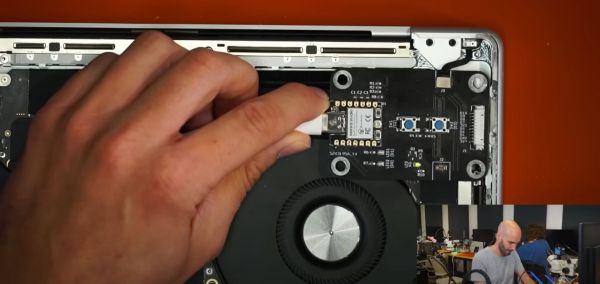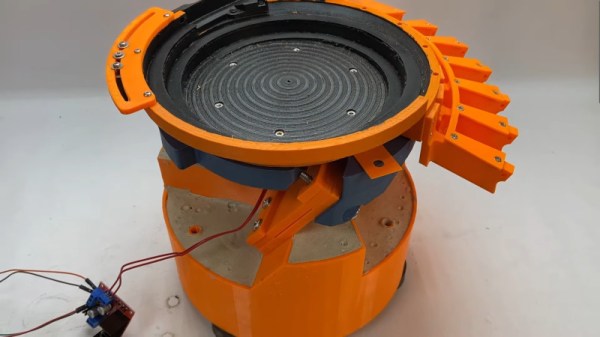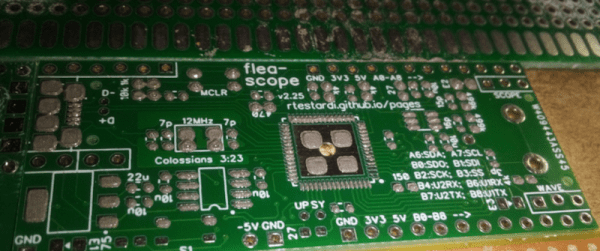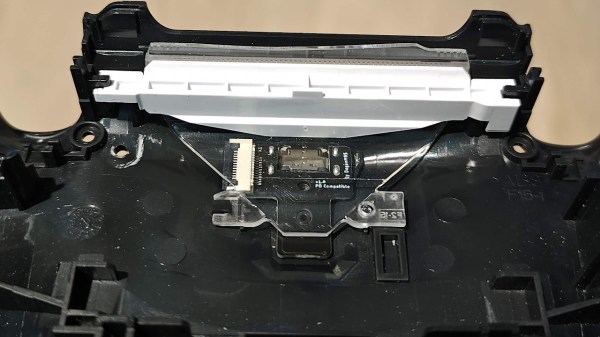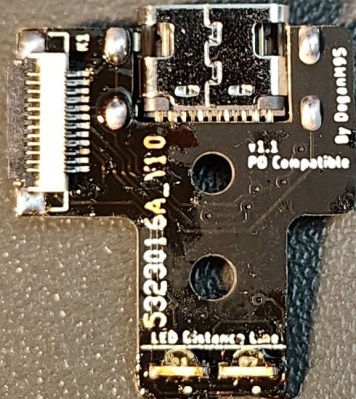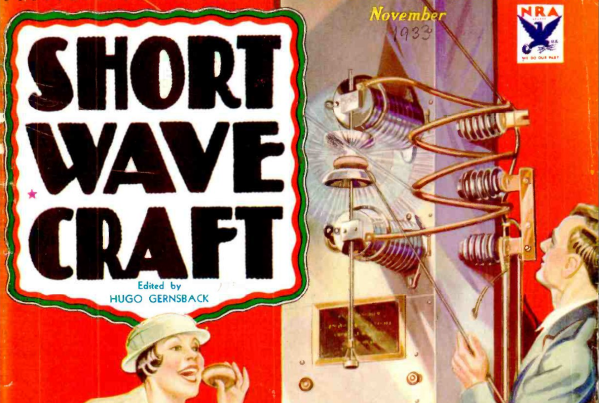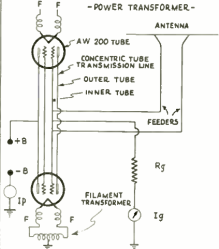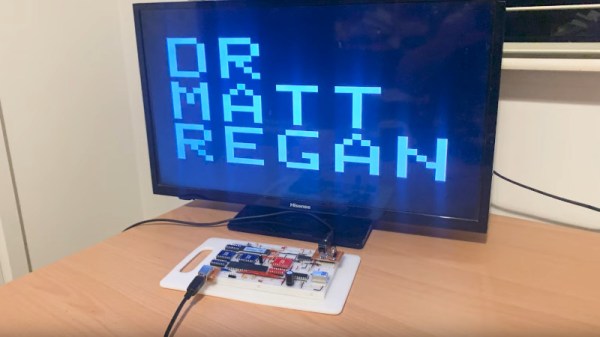What are you doing to scare trick-or-treaters this Halloween? Surely something, right? Well, Hackaday alum [CameronCoward] certainly has his holiday under control with Dead E. Ruxpin, a murderous, cassette tape-controlled animatronic bear.
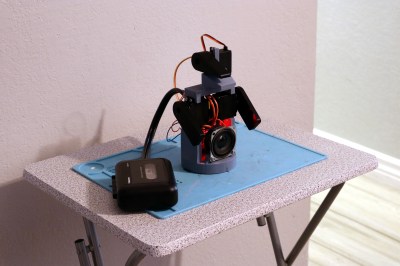 Readers of a certain vintage will no doubt see the correlation to Teddy Ruxpin, an animatronic bear from the 1980s whose mouth moved as it read stories from cassette tapes. Cleverly, the engineers used one stereo channel for the story’s audio, and the other channel to control the bear’s mouth.
Readers of a certain vintage will no doubt see the correlation to Teddy Ruxpin, an animatronic bear from the 1980s whose mouth moved as it read stories from cassette tapes. Cleverly, the engineers used one stereo channel for the story’s audio, and the other channel to control the bear’s mouth.
Dead E. Ruxpin takes this idea and expands it, using the same two channels to send audio and control three servo motors that move both arms and the mouth. How is this possible? By sending tones built from one or more frequencies.
Essentially, [Cameron] assigned a frequency to each movement: mouth open/closed, and left and/or right arm up or down. These are all, of course, synced up with specific points in the audio so Dead E. doesn’t just move randomly, he dances along with the music.
The bear is actually a hand puppet, which leaves room for a 3D-printed skeleton that holds the RP2040 and the servos and of course, moves the puppet’s parts. We can’t decide if we prefer the bulging bloodshot eyes, or think the cutesy original eyes would have made a scarier bear. Anyway, check out the build/demo video after the break to see it in action.
Are you now into Teddy Ruxpin? Here’s a bit more about those scare bears. And don’t forget, Halloween Hackfest runs now until October 31st.


